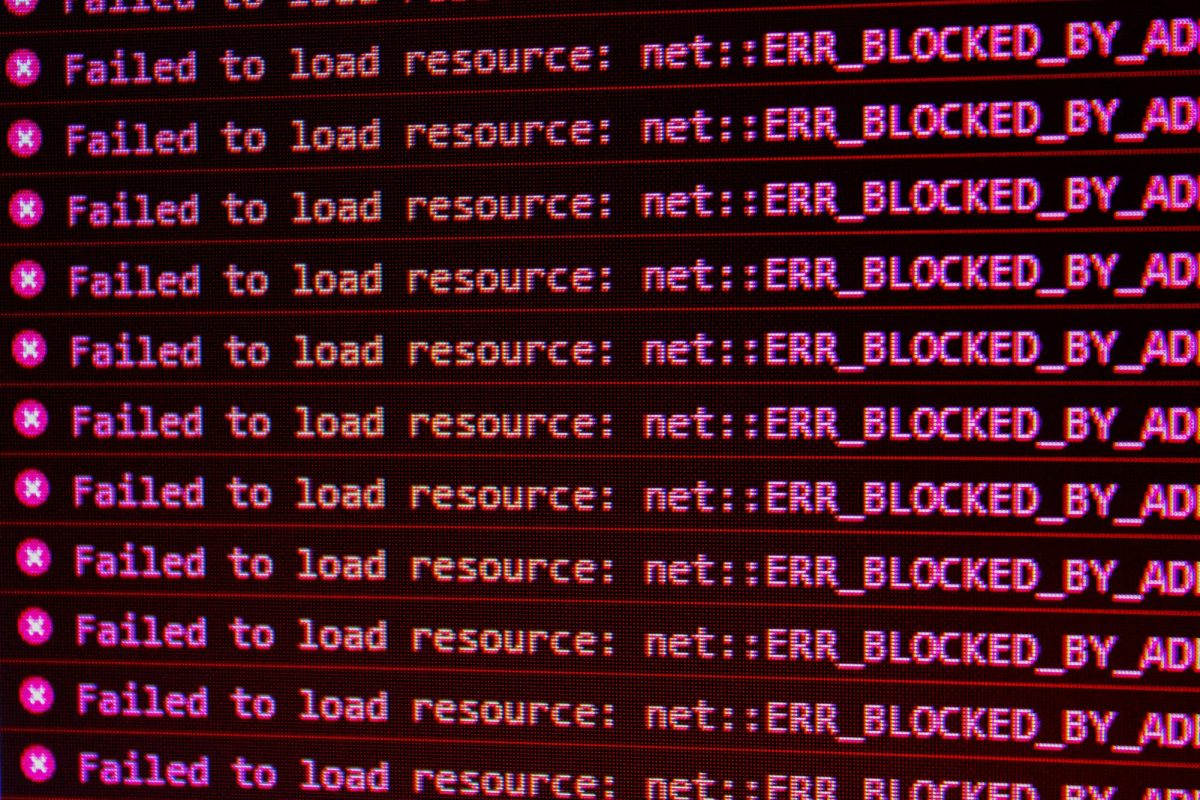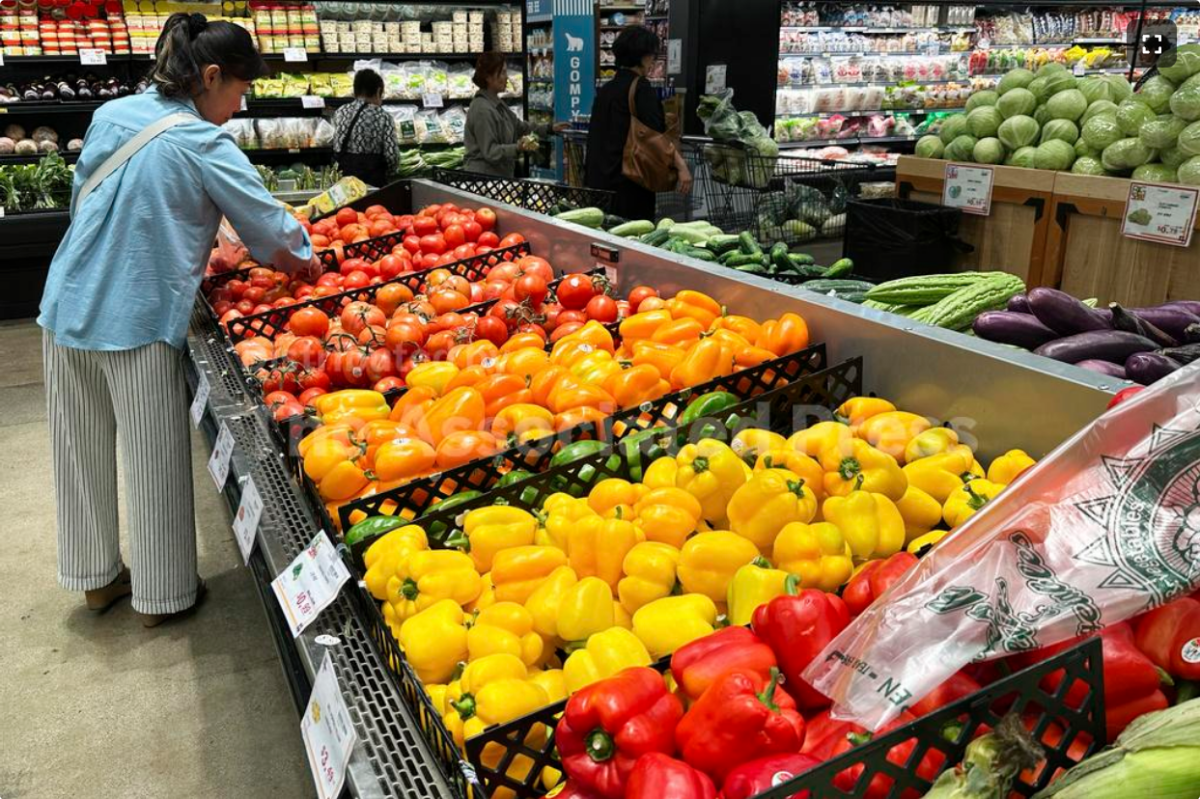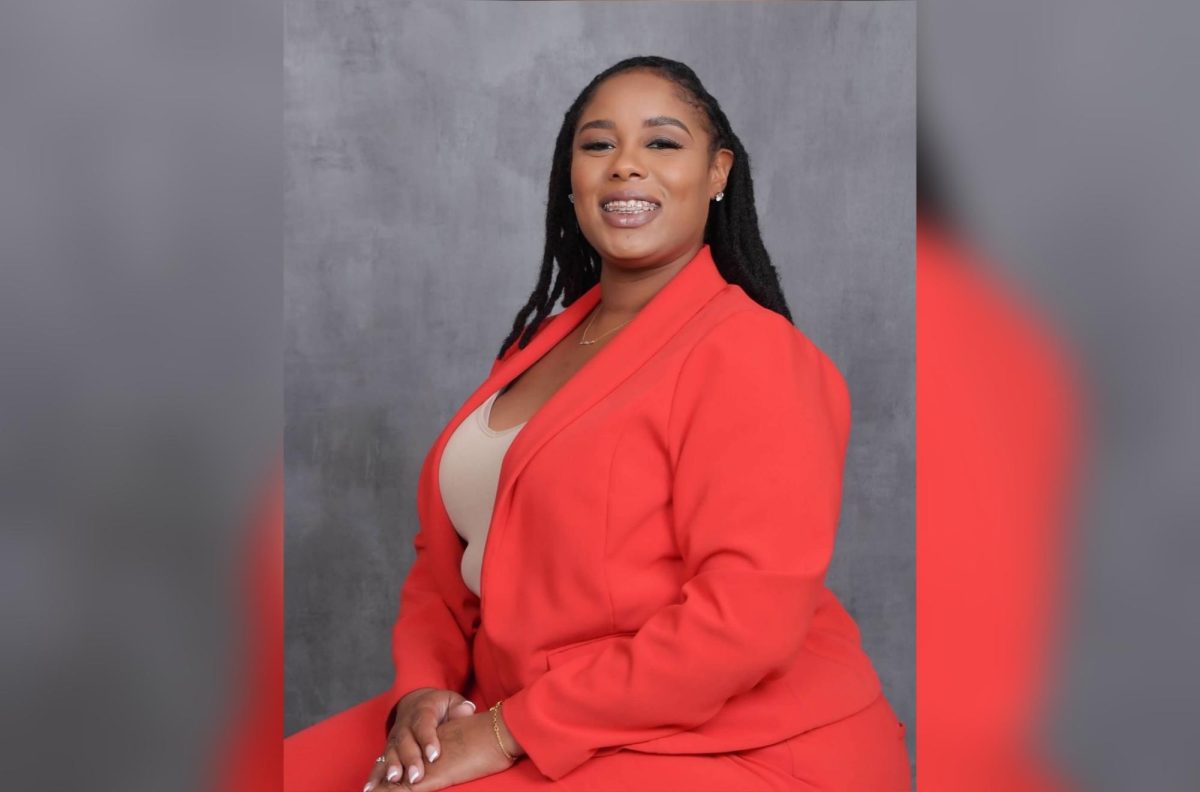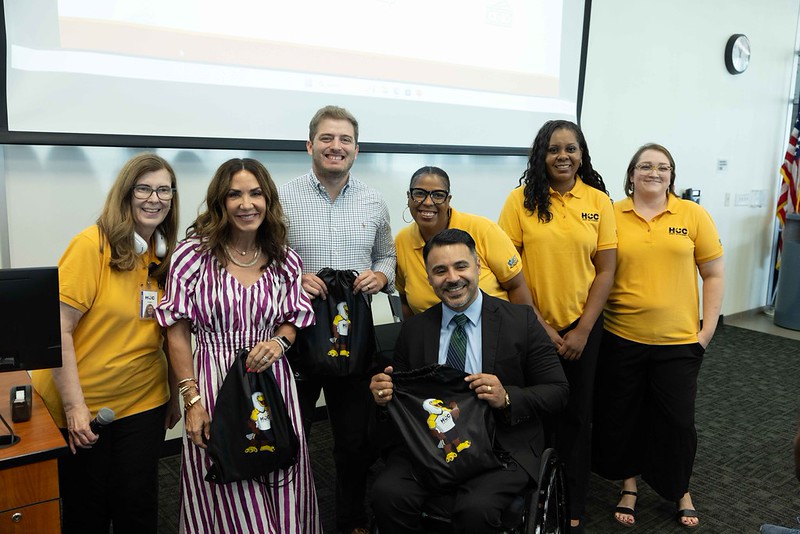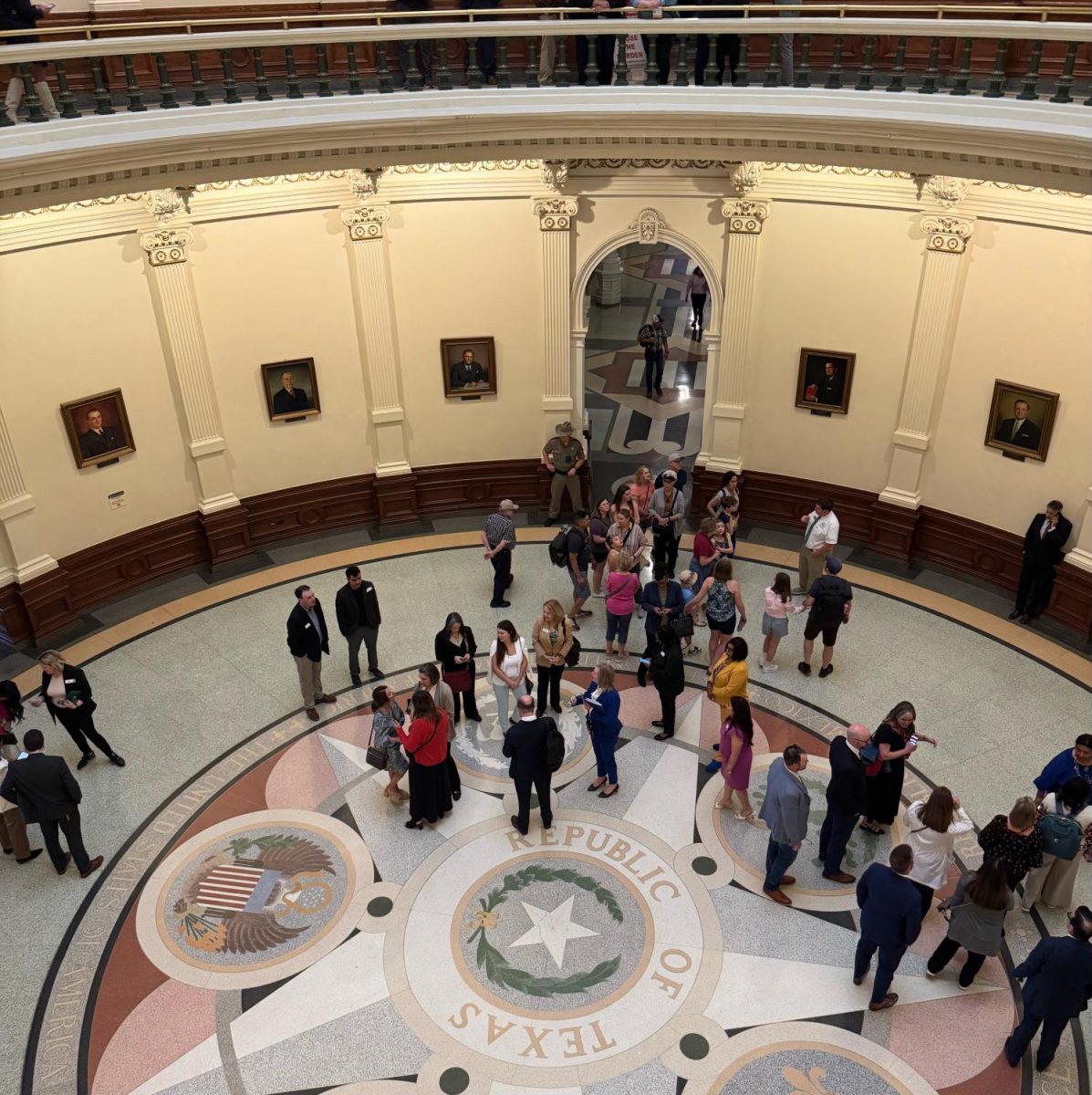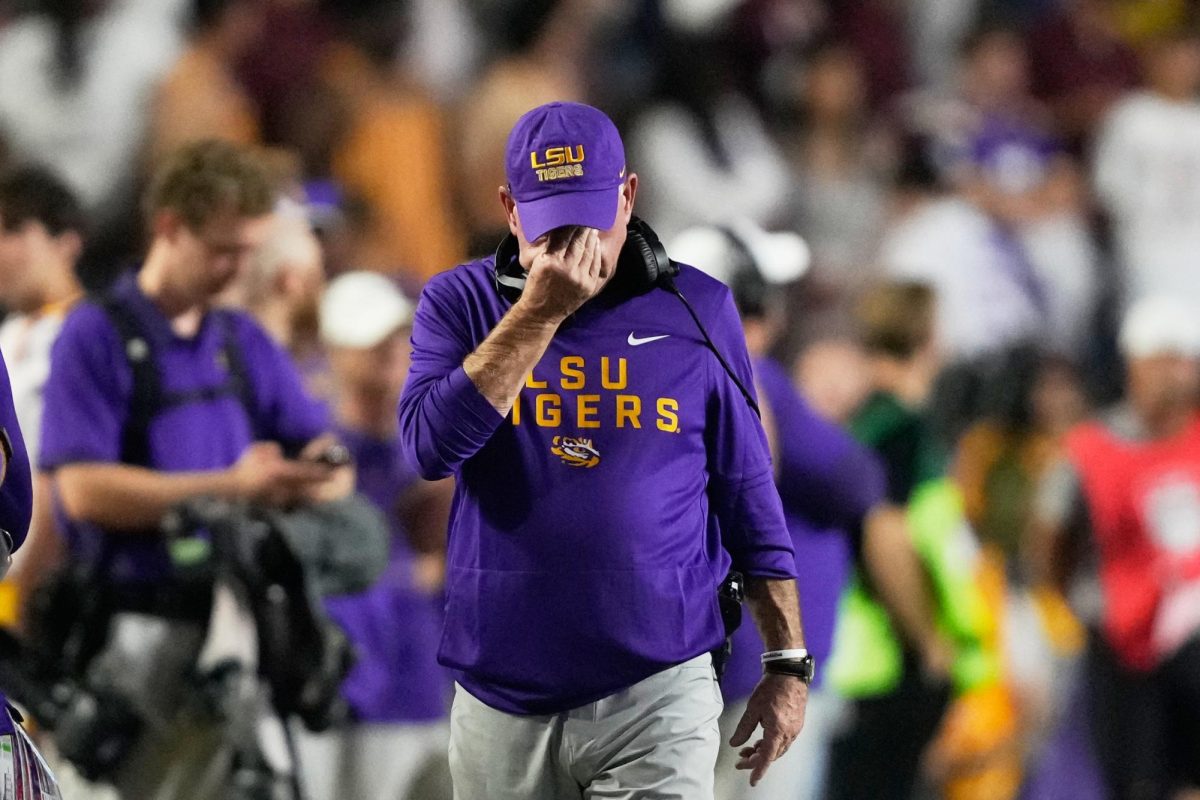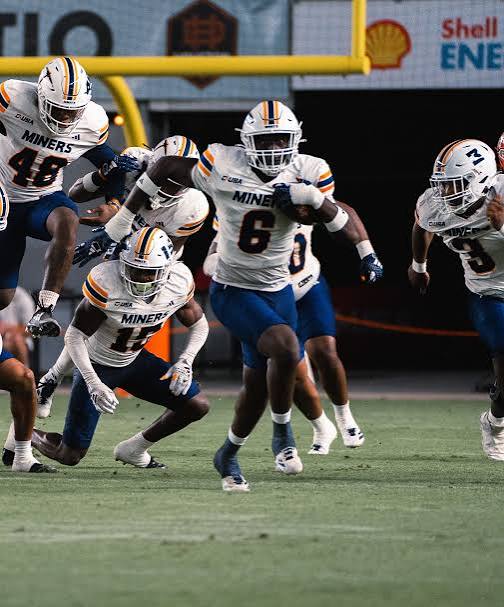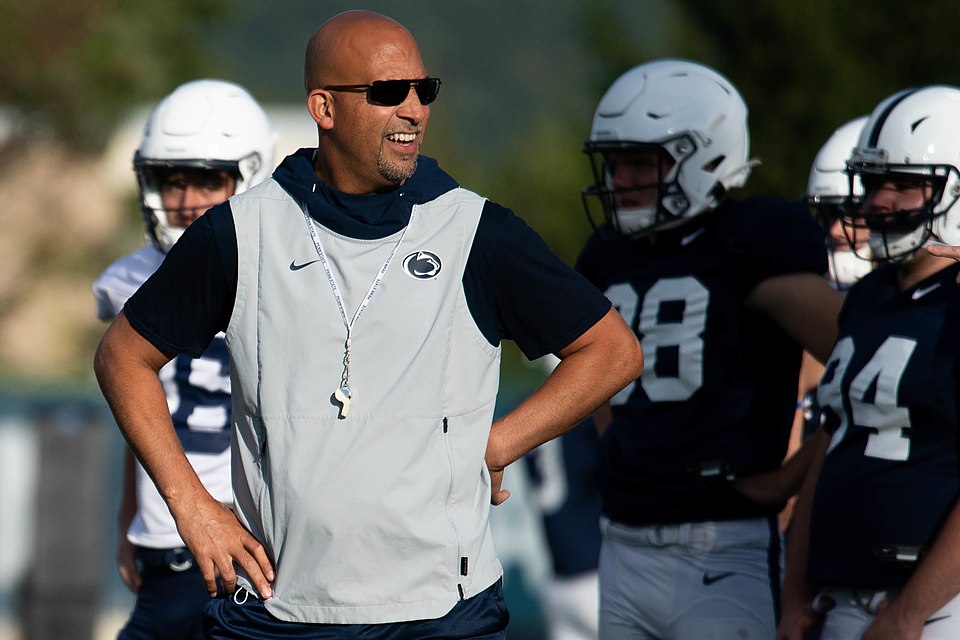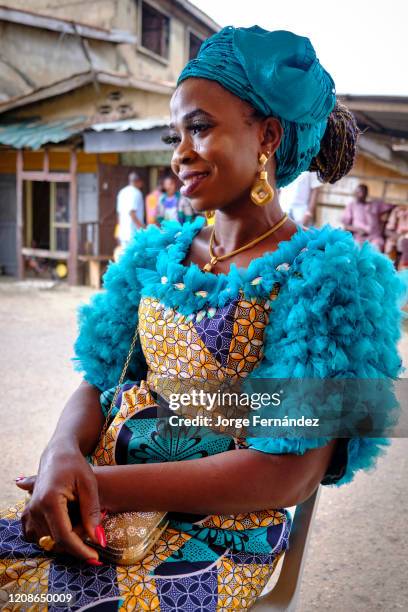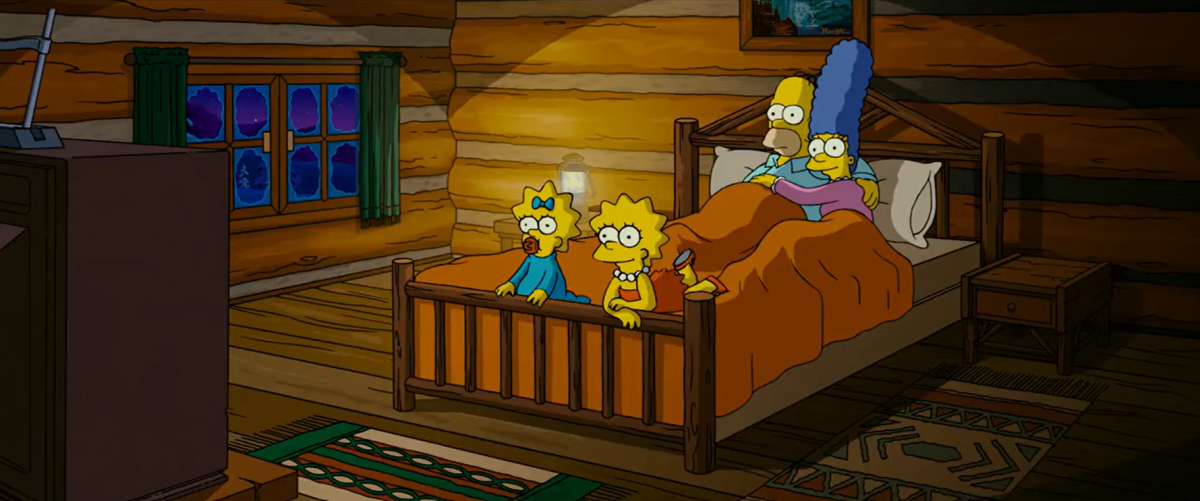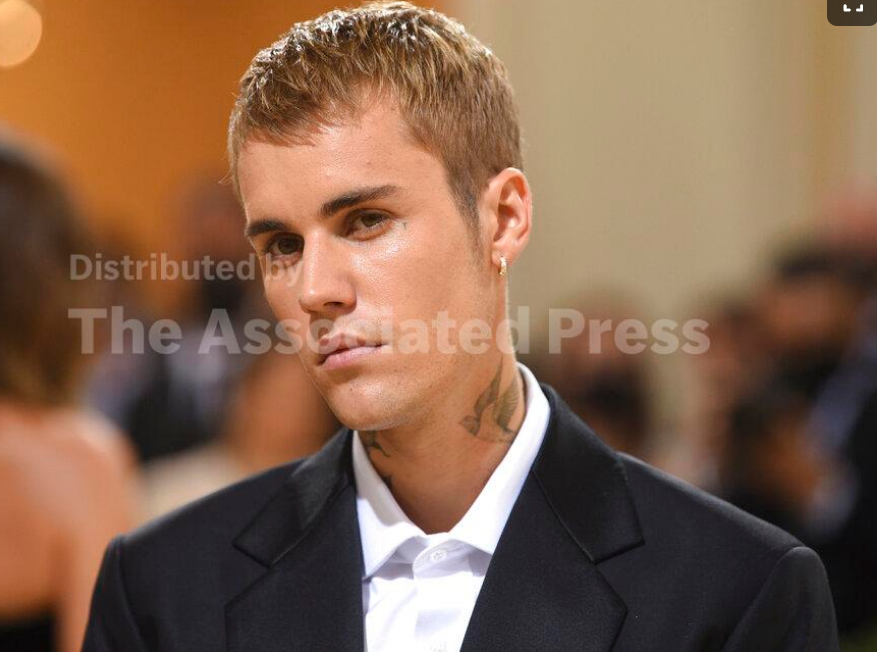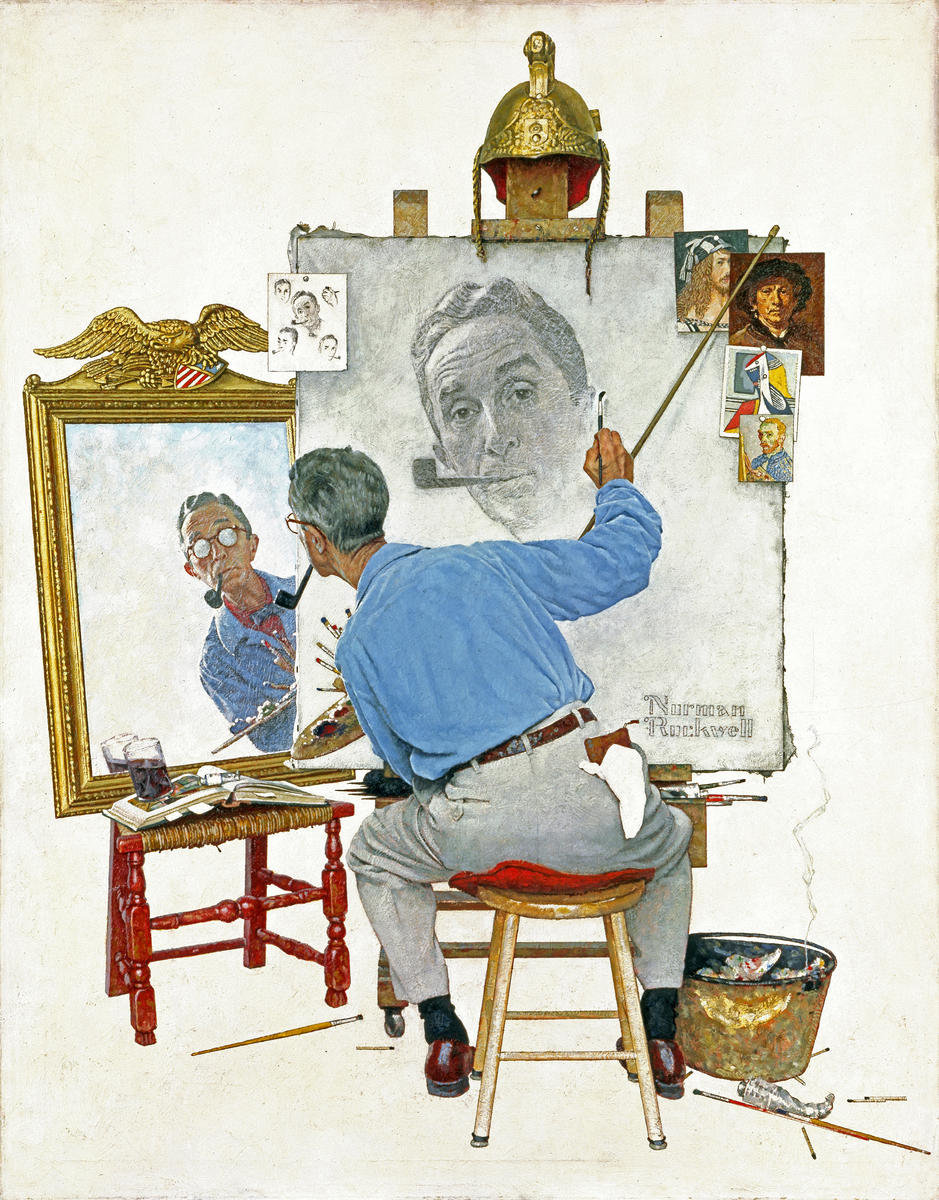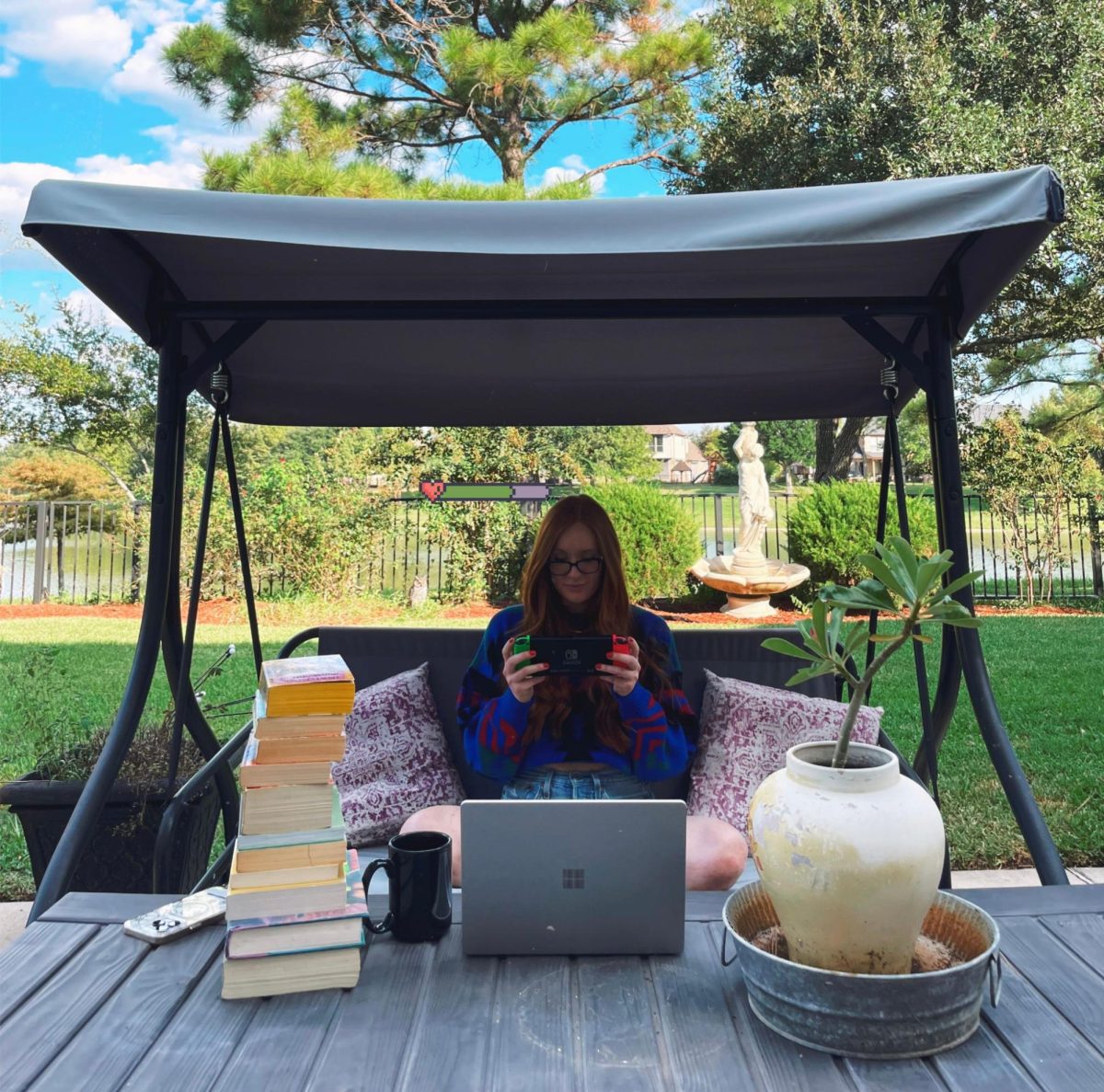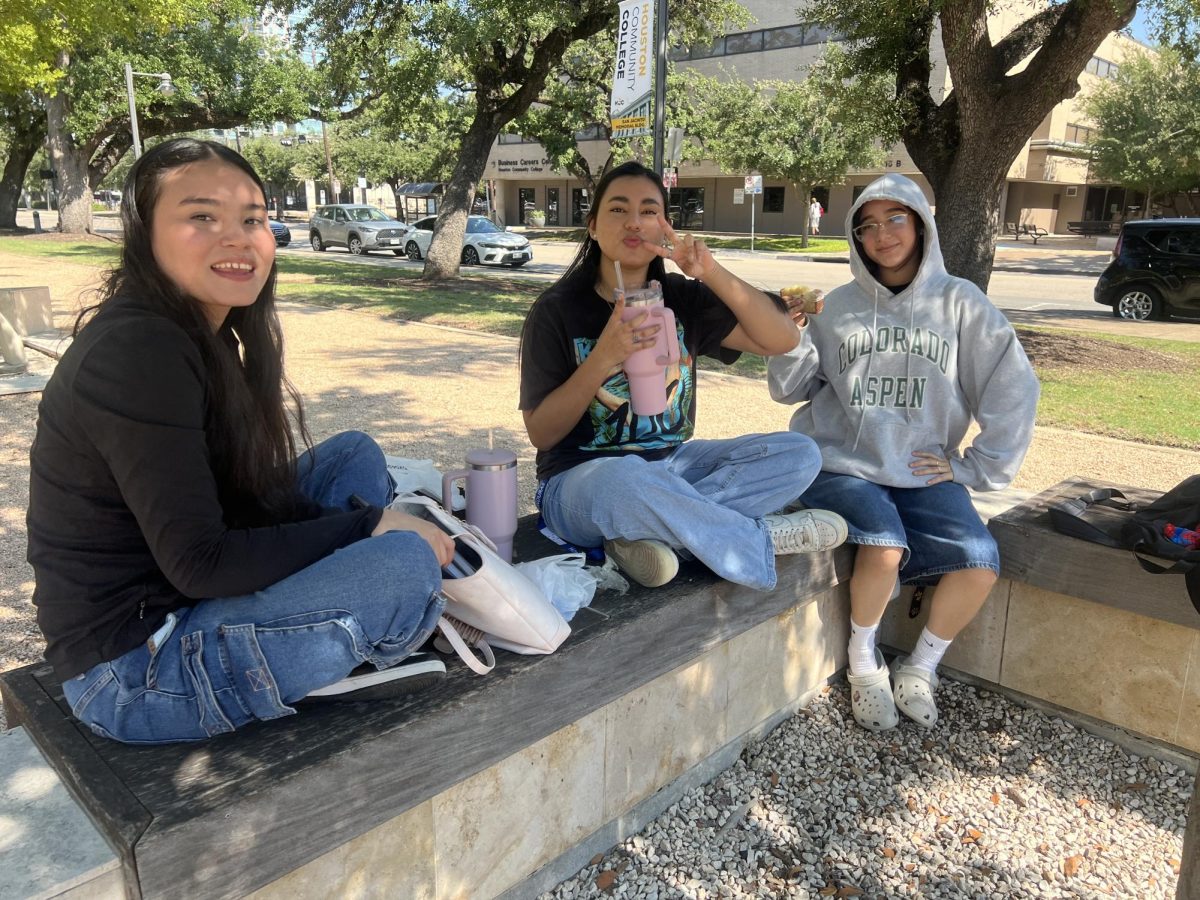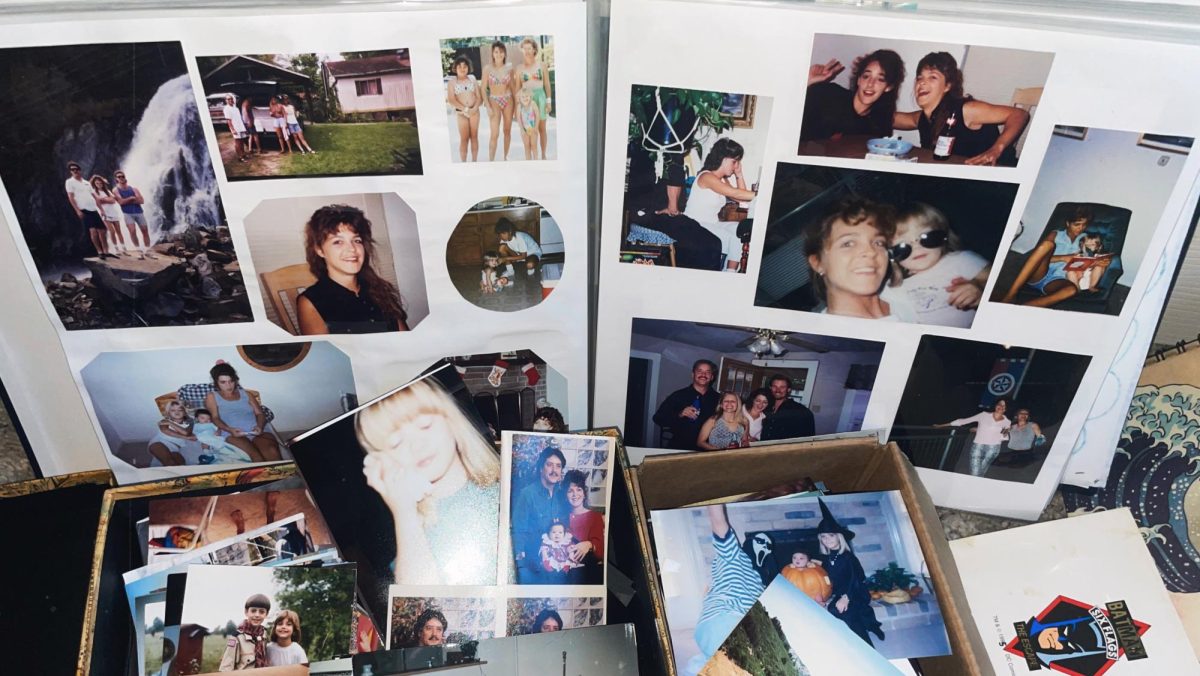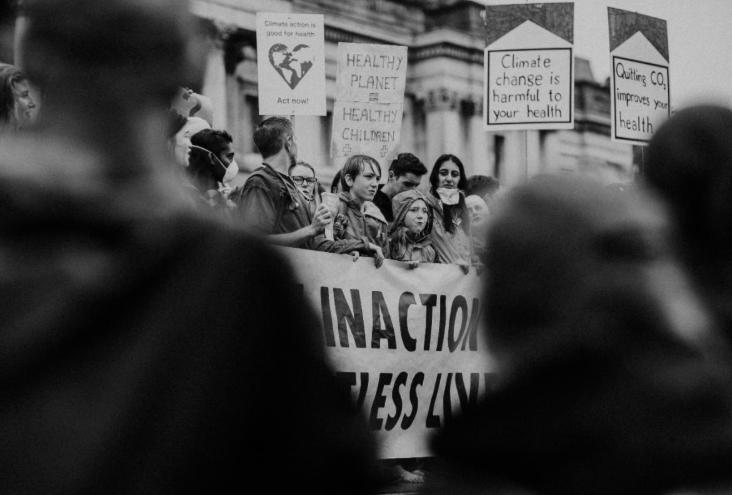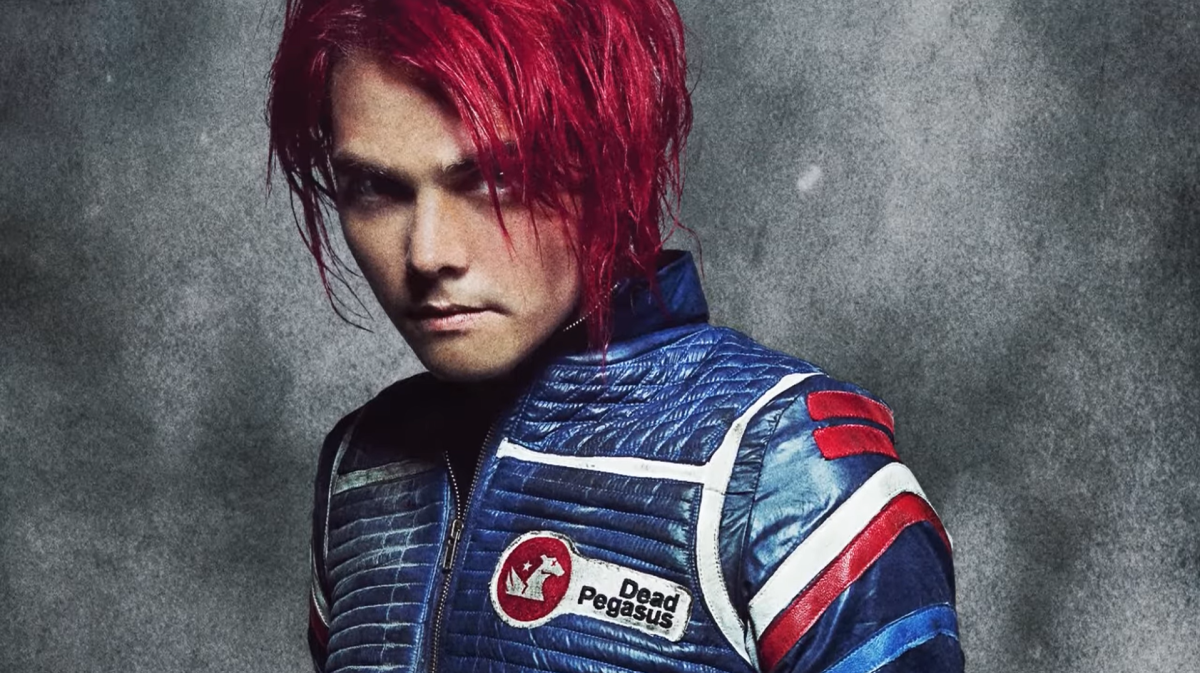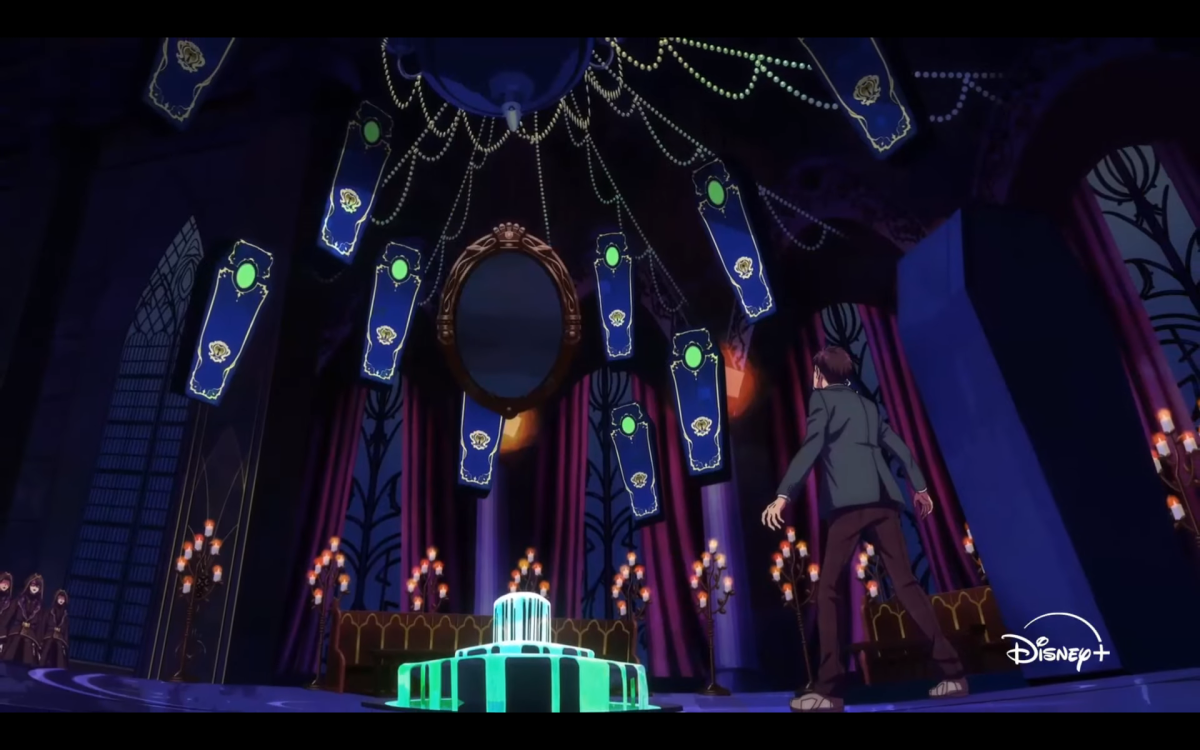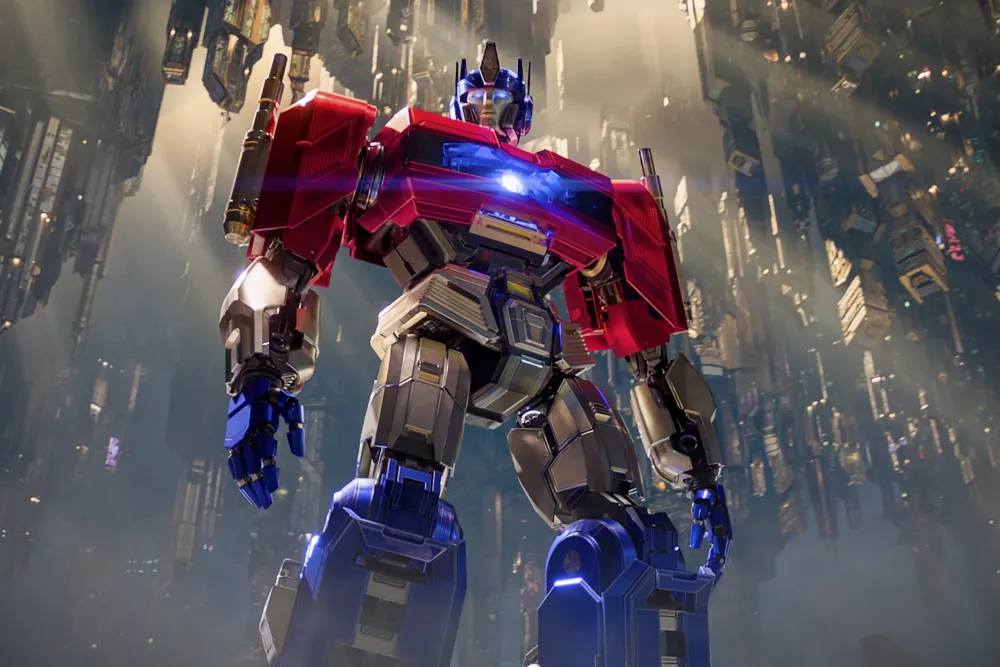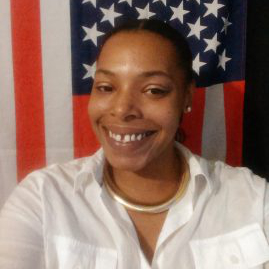The Beautiful Struggle: James Aaron
February 12, 2017
By all accounts, James Aaron had a happy childhood.
Growing up in the segregated south for most blacks was a constant thought with the visible reminders of ‘Whites Only’ signs on all things that seemed humane.
Though for Aaron growing up in Pleasantville, an all-black middle-class neighborhood within Houston, this reality had yet to reach him. He remembers growing up with immense pride in his community and its foundation.
“Pleasantville was a little spot of land that developers decided to build some houses on about three miles from Fifth Ward for black people. One person who was involved in development of those houses was Judson Robinson who later became a city councilman. In fact, he became the first black city councilman in Houston Texas.”
Aaron admits that although he may not have felt the heat of segregation and racial tension within his own community, he did experience it when he would venture outside of Pleasantville. Lunches with his mother in downtown Houston were held at segregated eateries. Aaron recalls his summer visits to his grandparent’s farm in Opelousas, Louisiana and the simple yet detrimental orders his grandfather gave.
“Integration started in the country before it did in the city because blacks and whites both had land. There was my grandparent’s house and right across the street was a white man. Directly across the street, and that’s before the city was integrated. My grandfather would tell us, “Y’all don’t go on that man’s property” which we never did. He would never speak to us and we never spoke to him. I could tell clearly between black and white as a kid.”
Racial tensions between blacks and whites were unsurprisingly elevated after the 1954 Brown V. Board of Education ruling deemed separate but equal unconstitutional forcing the integration of schools. The impact this ruling had on the black community locally, specifically Pleasantville, was a bit more complex.
“There was a school in Fifth Ward for blacks called McReynolds which was one of the first to integrate. I remember it causing division in the black community because all of us did not go to McReynolds a lot of us continued to go to Phyllis Wheatley and other black schools. Some of us that went to the white schools started feeling a little privileged, so that caused a division in the neighborhood. Those who went to the integrated schools associated with themselves and those who stayed at the black schools associated with each other.”
As he grew older the internal division he once saw within his community began to dissolve when the division of the nation became clearer to him.
“I couldn’t avoid activism because it was on TV every day. I’d turn the TV on and see black people getting hosed down and dogs sicked on them—that affects your mind. That’s what it did to my mind and it made me active.”
As Aaron searched for ways to channel his activism positively he began to elevate his thought process and seek information from many sources.
“The first organization I associated with were the Black Muslims. They were one of the few black organizations in the city at that time. They’d have people come out on corners where you’d be standing and they’d say, “Hey you brothas! Why don’t y’all come and roll to this meeting with us.” I started going to the mosque with the Muslims. Later, I started going to a class at the University of Houston where Gene Locke used to teach black history classes.”
Although he never officially joined the black Muslims, that level of organization intrigued and motivated him to find an organization that aimed to solve the issues he felt were most important. After hearing the speech of a young charismatic black man preach about the goals or the Black Panther Party, Aaron was sold.
“It was late ‘69 early ‘70 when Carl [Hampton] came back from California and I heard him preaching trying to organize in Pleasantville. That’s how I started with the People’s Party II.”
Carl Hampton, also a member of the Pleasantville community, had recently taken a trip to California and returned to Houston ready to organize his own chapter of the Black Panther Party. It became known as the People’s Party II.
“The purpose and goal of the People’s Party II was to free and empower black people. To have decent housing, education, end police brutality, respect, dignity, and self-defense. I could feel all of that. The idea of defending ourselves especially because the Civil Rights movement was going on at the time and the idea of not being non-violent appealed to me. I felt that we had the right to defend ourselves. I was a young man, and to watch TV and see black people getting beat up heads knocked in. I didn’t think we should have to go through that without defending ourselves. So, I could relate to the idea of blacks defending themselves.”
For many people who didn’t have direct contact within the Panther party the idea of blacks bearing arms was the clearest picture they had of the party. In reality, the organization ran community programs which were integral to their local community. Free breakfast, clothing and pest control were just a few of the programs the Panthers provided to the local community.
Space City! An underground Houston newspaper which was in publication from June 1969 until August 1972, not only provided support but a platform for the Party to spread its word to the masses. Founded by members of Students for a Democratic society and former members of Austin’s underground paper The Rag, Space City! played a vital role in bringing all local disenfranchised groups together.
“We initially started selling The Space City! Newspaper, they allowed us to sell their newspaper and keep some of the proceeds. We had political education classes and would invite the whole community to attend. We were putting out our word by putting out their paper.”
“Outside of Space City! There was the John Brown Revolutionary League and MAYO and together we were the Rainbow Coalition, we all worked together.”
The strength of the coalition was rooted in the fact that they all shared a common goal.
“The goal of the Rainbow Coalition was we understood that we wanted to make a revolution in this country and we understood that it takes people to make a revolution and we were talking about a people’s revolution. Our slogan was ‘All Power to the People’ and when we said ‘All Power to the People’ we weren’t just talking about black people we were talking about all people. We felt the best thing to do was to have a relationship with all people and work with all people and that’s what we did. We had rallies and demonstrated together.”
The movement may have been for all people but in 1970, the party realized that all people were not for the party.
“We had a great response from the community. People loved the free clothing, breakfast and pest control programs. But people in the neighbor did hold an objection to us openly carrying guns. That to some extent alienated us from the community because a lot of blacks couldn’t relate to that. We carried guns to exercise our rights to defend ourselves and bear arms.”
It would be the act of exercising that right that the People’s Party II would ultimately meet its demise. On July 26, 1970 Carl Hampton, the founder of the People’s Party II was killed by members of the Houston Police department.
“After Carl was killed we were in disarray, we were heartbroken and discombobulated but we figured we needed to keep the struggle going. I was one of the earliest recruits, I had the title of Field Marshall at the time so the brothers that were in the party elected me to that position.”
Nearly 50 years later the programs that the organization provided to the community may be a distant memory, but Aaron believes that the panthers provided something else that has carried over the past five decades.
“We helped to keep the idea of struggle itself on the minds of people. The idea of the right to self-defense, we helped to put that into the minds of the people. That’s nothing you can put your hands on, but I believe we did that.”
A change in times has not changed the causes many people fought for. One major factor that was prevalent in the 60s and 70s and continues to be at the forefront of the fight has been the push to end police brutality. Aaron believes that there is still a need for organizations to fight against these injustices.
“The Black Lives Matter movement is a very necessary movement that initiated out of the need to stop the police murder and brutality of black people.”
The Black Lives Matter movement has noted that they gained their inspiration from the Panther Party and their leaders of the 60s and 70s, Aaron too looks back on that time as a source of inspiration.
“I was inspired by Carl Hampton, Martin Luther King, Malcom X—these are some of my first inspirations…Fidel Castro, Ho Chi Minh, Stokley Carmichael a lot of different people who have been involved in the struggle and I get inspiration from them today. I get inspiration from the memory of them till this day.”

